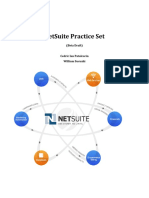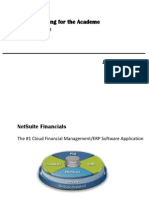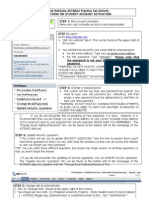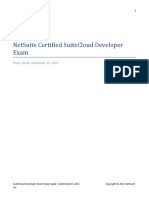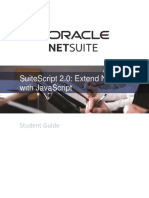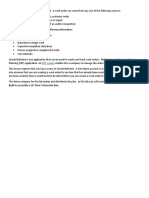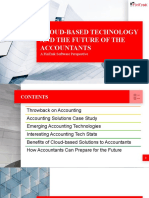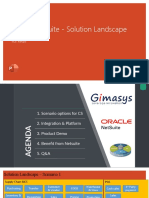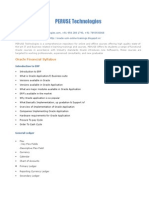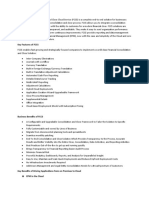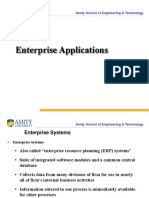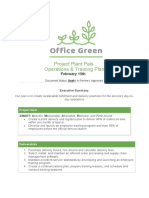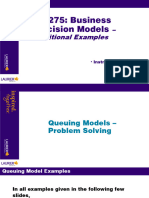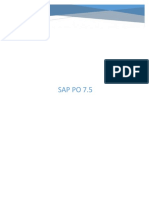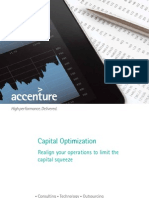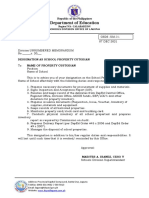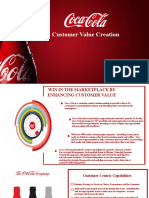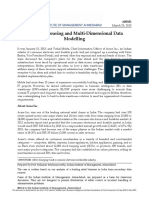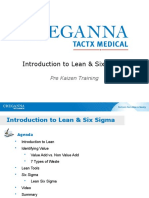100% found this document useful (1 vote)
276 views19 pagesNet Suite
This document outlines various categories, topics, and areas related to NetSuite including basics, workflows, how to navigate and configure NetSuite, customization options, and areas for improvement. It covers setting up companies, users, roles, and preferences in NetSuite as well as order management, accounting, banking, sales, support, and reporting features. Functional training and contribution to the company are also mentioned.
Uploaded by
Sarkar VazhuthiCopyright
© © All Rights Reserved
We take content rights seriously. If you suspect this is your content, claim it here.
Available Formats
Download as PPTX, PDF, TXT or read online on Scribd
100% found this document useful (1 vote)
276 views19 pagesNet Suite
This document outlines various categories, topics, and areas related to NetSuite including basics, workflows, how to navigate and configure NetSuite, customization options, and areas for improvement. It covers setting up companies, users, roles, and preferences in NetSuite as well as order management, accounting, banking, sales, support, and reporting features. Functional training and contribution to the company are also mentioned.
Uploaded by
Sarkar VazhuthiCopyright
© © All Rights Reserved
We take content rights seriously. If you suspect this is your content, claim it here.
Available Formats
Download as PPTX, PDF, TXT or read online on Scribd
/ 19

